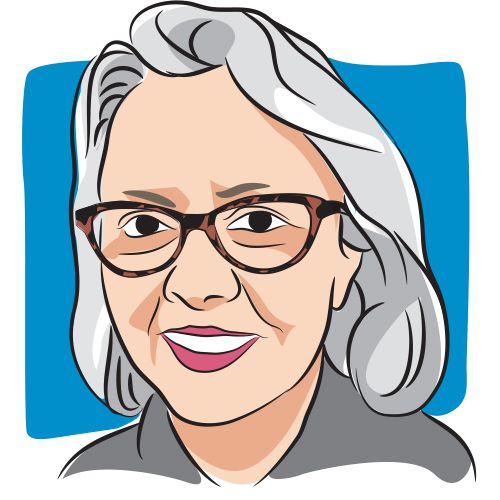A Cancer Diagnosis is Not Always Straightforward
The Princess of Wales' diagnosis of cancer after a successful procedure is not unusual — it even happened to me.

I am proud of Kate Middleton, Princess of Wales, for sharing her cancer diagnosis, even if the circumstances surrounding the disclosure were sometimes intrusive. Everyone — even royalty — deserves privacy and dignity during an illness.
Speculation continues, though, especially with the phrase “preventative chemotherapy.” While those of us surviving were never confused by such words, so much of the media has spent time parsing the phrase to understand what it might imply. The best response has been to characterize “preventative chemotherapy” as adjuvant treatment, something that accompanies another procedure such as surgery.
People also are speculating about how Kate had one successful procedure and then ended up being diagnosed with cancer. That is not unusual. The experience of going into surgery with hopes that it will do the trick, and then coming out with a dire diagnosis after further testing, is not unusual. It happened to me.
Based on an initial biopsy after a mammogram, I was told I had “in situ” breast cancer, meaning that cancer cells in my milk ducts had not sprung forth to wreak havoc on anything else. Known as stage 0, this is a good diagnosis because cancer is easily treated, often with surgery, and you are done, except perhaps for needing adjuvant (preventative) treatments such as Tamoxifen and/or radiation.
I had a mastectomy because of diffuse cancer cells across the breast. During routine surgery, however, cancer cells were discovered in multiple lymph nodes. A second tumor was found near the chest wall. The original tumor biopsied was found to be the opposite of in situ. It was also already invasive. In other words, even if one medical procedure tells you one thing, it is best to be prepared for more news — and then some — as testing continues.
Still, I left the hospital thinking that all was done, that my stage 0 cancer was gone. Perhaps somebody talked to me after surgery, but I have no memory of that. I was on my own, with no spouse or family member to greet the doctor for an update. Through nobody’s fault, I remained clueless about my situation until I met with a radiation oncologist weeks later to discuss that phase of preventative care. He immediately realized I did not know what was going on.
What a kind man. Moving past my exclamation about how glad I was not to need Tamoxifen, he explained the implications of invasive HER-2 positive, ER-negative cancer, with multiple tumors and lymph involvement and margins that were not clear. That conversation set the stage for further meetings with my oncologist, also a kind man who shepherded me through my diagnosis.
I then entered more than a year of arduous treatments designed to prevent an aggressive cancer from killing me. I am not a princess, of course, just an ordinary woman living in a rural community where people were always so kind. I do hope the Princess of Wales will enjoy ordinary times as she heals and that her statement gives strength to survivors.
For more news on cancer updates, research and education, don’t forget to subscribe to CURE®’s newsletters here.
FDA, Cancer Vaccine Updates and a Misguiding of Breast Cancer Treatment
February 5th 2024One cancer vaccine may still be years away from being available, a breast cancer test may be misguiding treatments for Black women and the review of two oncology regimens are being expedited by the FDA.
Listen